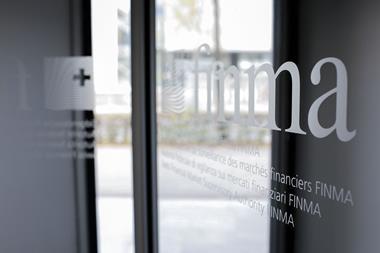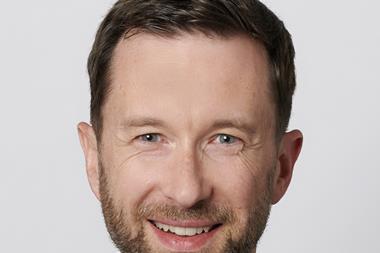The transfer of assets to segregated mandates by Dutch pension funds has turned net sales of Alternative Investment Funds (AIFs) negative for the first time in a decade, according to European Fund and Asset Management Association’s (EFAMA) latest fact book.
Net outflows for AIFs in Europe continued last year, at €105bn, as schemes in Denmark moved away from those strategies – a situation that, combined with market depreciation, led to a net asset decline in AIFs of 11%, according to the fact book.
Dutch pension schemes also disinvested from equity funds, the book disclosed.
Replying to a question from IPE, EFAMA’s senior economist Thomas Tilley said that pension funds in the Netherlands are accounting investments differently under IFR/IFD prudential rules, which also explains AIFs outflows, but keep investing in the strategies.
“Pension funds invest a big chunk of their assets in more illiquid funds, real estate and alternative funds,” he added.
Holdings of European schemes in investment funds fell by €167bn last year to 40.3% in 2022, from 43.8% in 2021, and 44.4% in 2020, it added.
Pension funds in Europe, instead, pushed on buying deposits, forced to increase cash holdings to meet margin requirements under derivatives contracts rising rapidly as central banks bumped up interest rates, the fact book added.
European pension funds hold a large share (27%) of private equity, private debt and infrastructure funds, 21% of equity funds, 20% of multi-assets funds, 13% of bond funds, 15% of real estate funds, 3% money market fund, and 1% hedge funds, according to the association.
EFAMA identified two long-term trends in the fund industry in Europe: the share of cross-border funds increased to 54% over the last 10 years, with assets totalling €9.2trn at the end of 2022, and the switch towards larger funds, with assets exceeding €10bn, whose share grew from 40% to 80% in the past decade.
“We also see a gradual shift towards ETFs and index funds. We saw their market share gradually increasing – this has to do to a large extent with the lower costs of these more passive funds and higher liquidity that especially ETFs have,” Tilley explained.
Active equity UCITS funds returned -16.4%, while passive funds returned -13.1% and ETFs -12.6%. Active bond UCITS returned -8.7%, passive funds returned -14.8%, and ETFs -8.3%.
ETFs and money market funds on the rise
European investment funds managed at the end of 2022 net assets worth €19.1trn compared with €21.8trn in 2021, a decrease mostly because of the downturn of equity and bond markets, EFAMA’s fact book noted.
It also stated that €12trn were managed by Undertakings for Collective Investment in Transferable Securities Directive (UCITS), compared with €6trn in 2021, and €7.1trn by AIFs, compared with €8trn in 2021.
Over the past 10 years, however, investment managers saw a 101% increase, or €9.6trn, in terms of assets under management.
Pension funds and insurance companies are the largest fund investors in the EU with close to €4.2trn in UCITS and AIFs at the end of 2022.
The sharp rise in interest rates wreaked havoc on bond UCITS, recording their worst results in 10 years in 2022. Net outflows for UCITS were significant, at €167bn, with net outflows in bond funds reaching €127bn.
“We had [instead] strong inflows into government bond funds, and less so into corporate bond funds, [meaning that] European investors de-risked their investments, [while] the riskier part of the market – high-yield funds, short-term funds, Chinese centric emerging market funds – saw outflows, ” Tilley said.
Fund managers also shifted to shorter term maturity of 1 to 3 years for UCITS bond funds last year as interest rates rose sharply. Money market and multi-assets were the only two types of funds that saw positive inflows last year, at €28bn and €14bn, respectively.
“Short-term money market funds, with their stricter investment rules, combined with the rise in interest rates, which challenge through a lot quicker in money market funds, made these again a viable investment option,” Tilley added.
Despite reclassifications, net sales of Article 9 Sustainable Finance Disclosure Regulation (SFDR) funds amounted to €20bn, recording positive net inflows in each month of the year, according to the report.
“Another market segment that did really well were ETFs, with about €86bn net inflows. [It was] pretty consistent throughout the year, whereas if you look at the long-term we had outflows of almost €200bn,” Tilley said.
Investors have rushed to allocate assets to ETF funds that are a low cost and have hardly felt the impact of the market downturn last year.
The latest digital edition of IPE’s magazine is now available




































No comments yet